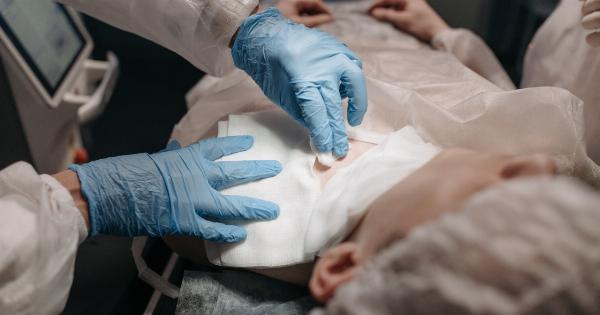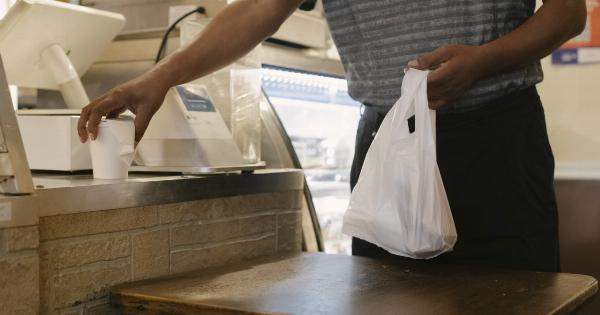Esophagectomy is a surgical procedure that involves removing all or part of the esophagus, often due to cancer or other conditions.
Despite being a complex and high-risk operation, esophagectomy has a post-operative survival rate of up to 90%, making it a viable treatment option for many patients. However, there is always a risk of post-operative complications, including the likelihood of re-enclosure, which can impact survival rates and quality of life. This article will examine the chances of post-operative re-enclosure after esophagectomy.
What is post-operative re-enclosure?
Post-operative re-enclosure, also known as anastomotic leak, occurs when there is a breakdown of the surgical site after esophagectomy.
The surgical site refers to the connection, or anastomosis, between the remaining esophagus and the stomach or intestine. Re-enclosure can lead to complications such as infections, sepsis, and impaired wound healing. The severity of re-enclosure can range from minor leaks to total breakdown and can occur immediately after surgery or weeks later.
What are the chances of post-operative re-enclosure?
The chances of post-operative re-enclosure after esophagectomy depend on various factors, including the type of surgery, the location and size of the tumor, the patient’s overall health and age, and the experience and skill of the surgeon.
Studies have reported re-enclosure rates ranging from 3% to 30%, with an average rate of around 10%. The risk is higher in patients who undergo emergency surgery, have larger tumors, and experience longer surgery times.
What are the symptoms of post-operative re-enclosure?
Post-operative re-enclosure can cause various symptoms, including high fever, chills, chest pain, shortness of breath, nausea, vomiting, and abdominal distension.
Patients may also experience a severe cough, difficulty swallowing, and an unpleasant taste in their mouth. These symptoms may indicate an infection or sepsis and require immediate medical attention.
How is post-operative re-enclosure diagnosed?
Post-operative re-enclosure can be diagnosed through various tests, including chest X-rays, computed tomography (CT) scans, esophagograms, and blood tests.
These tests can help determine the size and location of the leak, the extent of tissue damage, and the presence of infection. Endoscopy can also be used to visualize the surgical site and perform biopsies to confirm the diagnosis.
How is post-operative re-enclosure treated?
The treatment of post-operative re-enclosure depends on the severity and location of the leak. Minor leaks may be treated with antibiotics and drainage, while more severe leaks may require re-operation or stent placement to facilitate healing.
In some cases, a temporary feeding tube may be inserted to allow the surgical site to heal. The prognosis and recovery time vary depending on the extent of the leak and the patient’s overall health.
How can post-operative re-enclosure be prevented?
Preventing post-operative re-enclosure after esophagectomy requires careful planning, meticulous surgical technique, and post-operative management.
Surgeons should carefully assess the patient’s health and risk factors and choose the appropriate surgical approach and anastomotic technique. They should also follow strict infection prevention protocols, perform regular surveillance, and promptly address any signs of post-operative complications.
Conclusion
Post-operative re-enclosure is a serious and potentially life-threatening complication of esophagectomy.
While the chances of re-enclosure vary depending on various factors, it is important to monitor patients closely and promptly diagnose and treat any signs of leak. Preventing re-enclosure requires a collaborative effort between the surgeon, medical team, and patient to ensure the best possible outcomes.




























